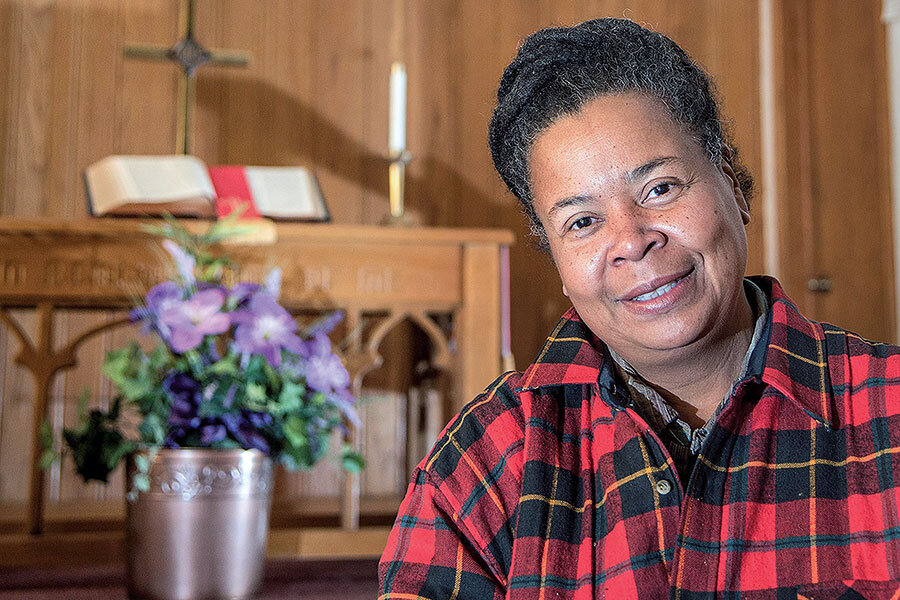How a city girl came to oversee a community garden
This essay is part of an occasional series provided by our partner organization Encore.org, which is building a movement to tap the skills and experience of those in midlife and beyond to improve communities and the world. Read more stories and share yours at Encore.org/story.
I was a city girl who did not know a thing about gardening until 2003, when I started gardening with 10 neighborhood children.
At the time, I had a dress shop on the footpath between my church and their school, and the children would stop in for a drink of water. One day I gave them some fresh peas. I knew peas didn’t come from the grocery store basement, but some of the children did not. I wanted to show them where food came from.
It hadn’t occurred to me until then how far it was to the grocery store. Our area in Champaign, Ill., is considered a food desert: Residents can’t buy healthy food within walking distance, and 4 in 10 don’t own cars. You can buy all the junk food and fried fish you want, but you can’t buy an apple. I found myself giving people rides to the grocery store, and I thought, “This would be a lot easier if people could grow their own food.”
So 10 kids and I started gardening in a bed between my home and church, growing tomatoes and potatoes. The children were so excited. It was like magic for them. And sometimes, it was magic for me, too.
The garden began as the project of an urban studies graduate student and continued under the leadership of University of Illinois Extension Master Gardeners. But in 2006, it faced foreclosure. No one wanted to continue. I knew what it meant, so I became the volunteer steward, and the Randolph Street Community Garden was born. To fund the garden, I took a part-time job at FedEx.
We have 72 beds now, including six “gleaners’ beds,” where people can take what they need. And we added another quarter acre this year, for 12 new beds. When people come to the church for food assistance, their eyes light up at the sight of fresh tomatoes, beans, and potatoes.
Now we have families growing their own vegetables and community members purchasing affordable food at our marketplace. We sell our cash crops, which include peas, green beans, spinach, and kale. We make soap with our lavender, and we grow loofah sponges.
More than 3,000 people received fresh produce last year, and we gave away nearly three tons of surplus prepared foods.
But the garden is about more than food. Our community members range in age from 3 to 93 and speak a variety of languages – Arabic, Berber, Chinese, English, French, Korean, Portuguese, and Spanish. We have a lot of divisions in our community, but in the garden, everyone is the same. Everyone would much rather plant something than get food from a food pantry.
Today, I am scouting additional locations. I dream of multiple community gardens with stewards trained and mentored by us. I’m also looking for a building where we can have a community kitchen.
I feel so at home working in the garden that I’m amazed I never did it before. This is work I was born for.






